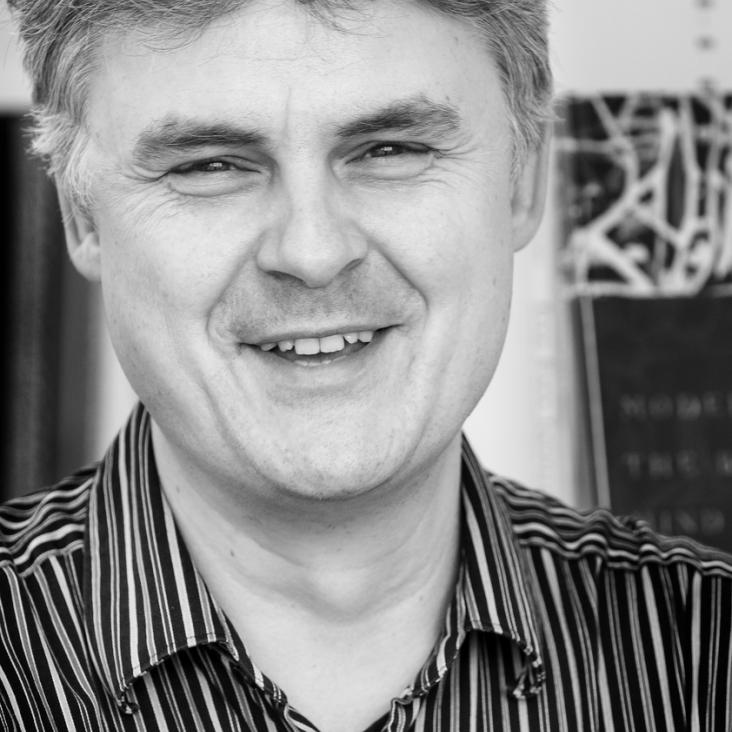Measurement of the tt̄ production cross section in pp̄ collisions at √s = 1.96 TeV using lepton + jets events with secondary vertex b -tagging
Physical Review D Particles Fields Gravitation and Cosmology 71:5 (2005) 1-28
Abstract:
We present a measurement of the tt̄ production cross section using events with one charged lepton and jets from pp̄ collisions at a center-of-mass energy of 1.96 TeV. In these events, heavy flavor quarks from top quark decay are identified with a secondary vertex tagging algorithm. From 162 pb-1 of data collected by the Collider Detector at Fermilab, a total of 48 candidate events are selected, where 13.5 ± 1.8 events are expected from background contributions. We measure a tt̄ production cross section of 5.6Beam tests of ATLAS SCT silicon strip detector modules
Nuclear Instruments and Methods in Physics Research, Section A: Accelerators, Spectrometers, Detectors and Associated Equipment 538:1-3 (2005) 384-407
Abstract:
The design and technology of the silicon strip detector modules for the Semiconductor Tracker (SCT) of the ATLAS experiment have been finalised in the last several years. Integral to this process has been the measurement and verification of the tracking performance of the different module types in test beams at the CERN SPS and the KEK PS. Tests have been performed to explore the module performance under various operating conditions including detector bias voltage, magnetic field, incidence angle, and state of irradiation up to 3×1014 protons per square centimetre. A particular emphasis has been the understanding of the operational consequences of the binary readout scheme. © 2004 Elsevier B.V. All rights reserved.Search for anomalous production of diphoton events with missing transverse energy at CDF and limits on gauge-mediated supersymmetry-breaking models
Physical Review D - Particles, Fields, Gravitation and Cosmology 71:3 (2005)
Abstract:
We present the results of a search for anomalous production of diphoton events with large missing transverse energy using the Collider Detector at Fermilab. In 202 pb -1 of pp̄ collisions at √s = 1.96 TeV we observe no candidate events, with an expected standard model background of 0.27 ± 0.07(stat) ± 0.10(syst) events. The results exclude a lightest chargino of mass less than 167 GeV/c 2, and lightest neutralino of mass less than 93 GeV/c 2 at 95% C.L. in a gauge-mediated supersymmetry-breaking model with a light gravitino. © 2005 The American Physical Society.Detector concepts
LCWS 2005 - 2005 International Linear Collider Workshop (2005)
Proposal of the next incarnation of accelerator test facility at kek for the international linear collider
Proceedings of the IEEE Particle Accelerator Conference 2005 (2005) 874-876


